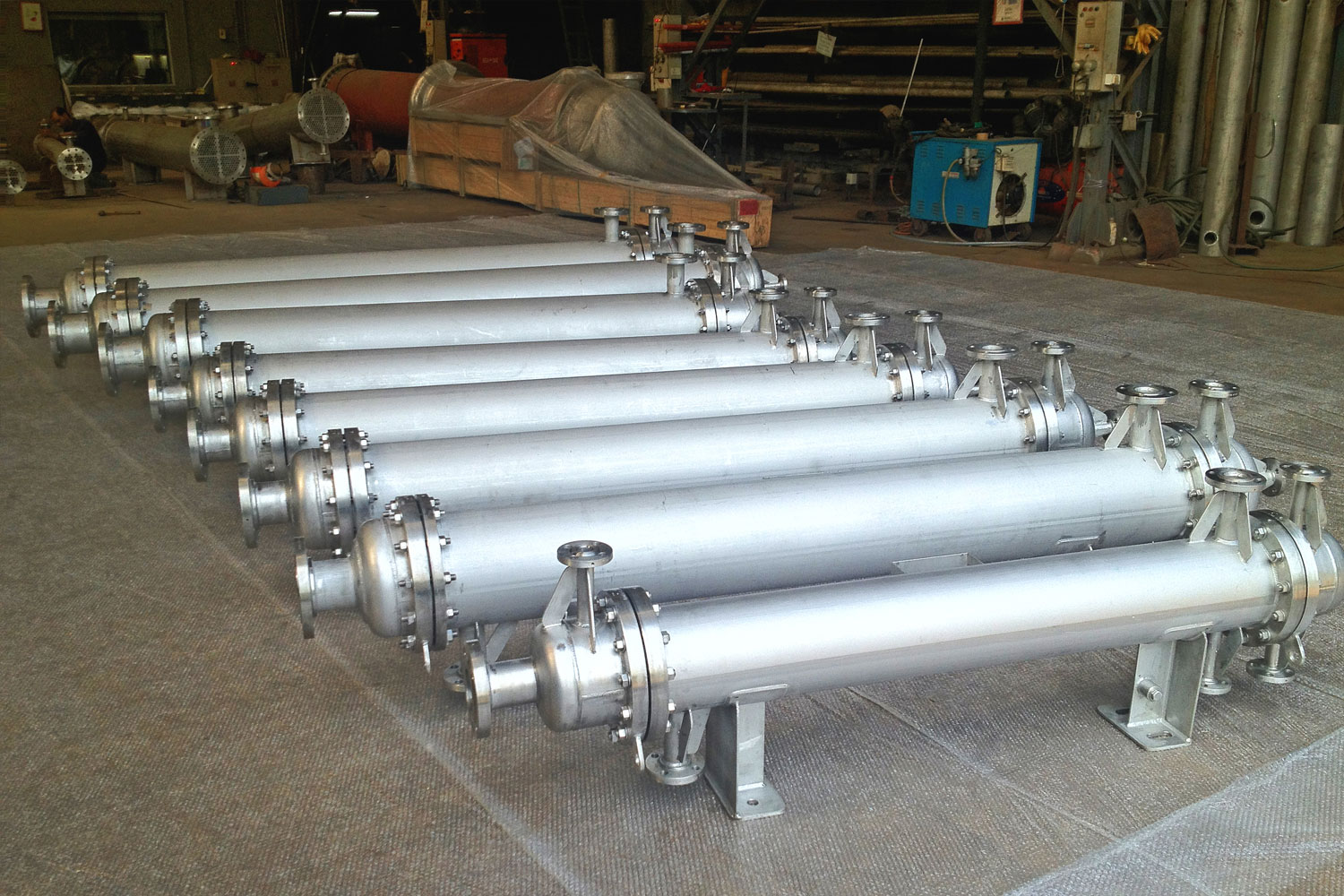
In the realm of heat management and energy efficiency, heat exchangers play a pivotal role. These ingenious devices facilitate the transfer of thermal energy from one fluid to another, all without mixing the fluids themselves. The underlying principle revolves around utilizing a solid wall with high thermal conductivity to ensure separation and prevent fluid commingling, though direct contact setups are also employed.
A prime example that illustrates this concept can be found within internal combustion engines, where radiator coils enable the exchange of heat between engine coolant and ambient air, ultimately cooling the former and heating the latter.
The Significance in Power Engineering
Power engineering greatly benefits from the application of heat exchangers. Consider the role of steam generators, fan coolers, cooling water heat exchangers, and condensers in this domain. An exemplar is the steam generator employed to convert feedwater into steam using heat generated within a nuclear reactor core. The produced steam then propels turbines, contributing to power generation. The heart of heat transfer within such devices involves convection within each fluid and thermal conduction through the separating wall. Engineers often simplify analysis through the utilization of the U-factor, an overall heat transfer coefficient akin to Newton’s law of cooling. Additionally, the logarithmic mean temperature difference (LMTD) serves as a crucial metric to quantify the driving force behind heat transfer.
Classifying Heat Exchangers for Optimal Design
Heat exchangers are systematically classified based on their flow arrangement and construction type, enabling optimal design choices for various scenarios. A foundational distinction lies in the flow direction of hot and cold fluids.
- Parallel-Flow Arrangement: In this configuration, both fluids enter and exit at the same end while flowing in the same direction. Although suitable for bringing fluids to nearly the same temperature, this setup comes with limitations, such as temperature differences causing thermal stresses and restricted cold fluid temperature.
- Counter-Flow Arrangement: In contrast, this arrangement sees fluids enter at opposite ends, flowing in opposite directions and exiting accordingly. This design showcases superior heat transfer under comparable conditions, making it an excellent choice for efficient thermal exchange.
Types of Heat Exchangers
The diversity of heat exchangers emerges in their structural forms, presenting various options to match specific needs:
- Double Pipe Heat Exchangers: These cost-effective devices are ideal for small industries. They consist of two pipes: one for fluid flow inside and the other for external fluid flow. While simple and inexpensive, their efficiency lags behind, prompting industries to adopt more efficient alternatives.
- Shell and Tube Heat Exchangers: Highly prevalent in industries, these exchangers are versatile and robust. They are further classified based on the number of shell and tube passes, suitable for high-pressure applications. In this configuration, a series of small bore pipes traverse between two tube plates, with primary fluid flowing within the tubes and secondary fluid enveloping the exterior surface. This design finds significant use in nuclear engineering, as observed in steam generators for nuclear reactors.
- Plate Heat Exchangers: Employing metal plates for heat transfer, these devices are well-suited for low to medium pressure applications. They offer a compact and cost-effective alternative to shell and tube exchangers. Their efficiency, coupled with a smaller volume footprint, makes them appealing.
Final Words
In conclusion, heat exchangers stand as cornerstones of energy management across industries. Their classification, intricacies, and methods for optimal design collectively contribute to enhanced thermal energy transfer efficiency. By understanding the nuances of different heat exchanger types and their applications, engineers can pave the way for more efficient and sustainable processes.
